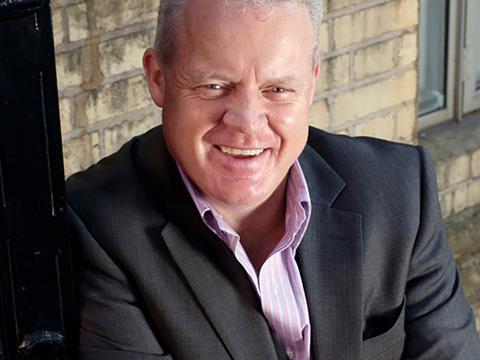
Mike Greene’s acquisition of the Morrisons M Local convenience estate has got the industry buzzing. Why would Morrisons want to sell? Is £25m too much or too little? And what makes Greene think his outfit, with the backing of private equity firm Greybull Capital, will pay off, given that so many of the former Blockbusters are, by all accounts, in cruddy locations.
On paper there’s a lot of upside to the deal for Greene. Within 18 months he’s targeting £300m in sales. He refuses to speculate on a profit target, but assuming a multiple even at the lower end of the scale for a business of that size, there’s a tidy pot of gold on the end of the convenience rainbow for Greene and his team.
The downside has also been minimised as the risk of defaulting on rents will revert to Morrisons should the My Local venture not succeed.
However question marks remain about the quality of the estate due to the long-held belief that in its rush to gain critical mass Morrisons ended up with a load of stores with sky-high rents that nobody else wanted. Indeed Morrisons CEO David Potts seemed to use this rationale for the disposal himself last week. “Perhaps if you grow organically you can make it work,” he said. “I think all the best sites have now been taken so you end up paying toppy rents.”
That’s not how Greene sees the stores, however. And standing in the M Local store on London’s New Oxford Street with Greene on a busy Friday lunchtime two days after the deal was announced, one can understand his assertion that the issues Morrisons had were more down to a lack of c-store experience than poor sites.
“Look around,” says Greene. “This is a great store. All the fittings and fixtures are brand new. There is no car park but it is still busy. These stores are probably the most overinvested c-stores in the country. Certainly more than any other supermarket-owned chain.”
Food to go… at the back
The former Jessops site is largely frequented by busy office workers on the way to work, at lunch and on the way home, but the store’s food-to-go area is difficult to find as it is shoved at the very back of the store. On entry to the store, customers are faced with a large promotional fixture offering a great deal on 500g tubs of butter.
A large and well stocked fresh produce area to the left of the door is also completely ignored by shoppers looking for a quick bite to eat at lunchtime. Store manager Amy tells me she made suggestions about ranging and store layout to her area manager and senior management within Morrisons’ convenience operation - but without success.
Greene is itching to get started. He officially gets his hands on the 140 stores at midnight on 26 October. Morrisons will be removing its stock from the stores around 6pm on the Sunday and the entire business will reopen on the Monday morning as My Local.
“Even if we are not 100% ready I would rather we opened and simply explain to customers what we are doing - going through a change,” explains Greene. “Rather that than see them bugger off to our competitors even for a couple of days.”
Initially the change for customers will not be too dramatic. Own label will switch to the Heritage range from Nisa, which will be its principal supplier. And range will be weighted more towards convenience lines such as chilled beers, wines, soft drinks, confectionery and food to go.
Making store assets sweat
These changes can be made pretty easily, says Greene. The refrigeration units currently housing chilled produce at the front of the store can be used for sandwiches and food to go.
He will also look to make more of in-store bakeries and fresh coffee machines. Customers prefer branded coffee such as Lavazza, Costa or Greggs to own-label Morrisons coffee, he argues.
Greene also promises to listen to store managers and give them freedom to stock what will work in their stores.
To begin with there will be four main formats depending on location. These will cover stores in both wealthy and less wealthy residential and high street locations. “They will be variations on a theme,” he says.
Van man
The next few weeks are set to be extremely busy for Greene, as he gets to know the stores, staff and suppliers better. “I am not looking to build an empire so we aren’t going to have a head office. My office will be a new Mercedes van. From 8am to 11am next week I’ll be in that van up and down the country visiting stores and getting to know the staff there. The week after I have a charity bike ride but when that’s done I’ll be back in the van. If people want to have meetings with me it will be in the van or in a store.”
The staff, adds Greene, are another reason he is confident of success. “The training these guys have received from Morrisons is fantastic. Often the training in c-stores lasts about 40 seconds so to have all these highly trained staff is a real bonus.
Of course we will do things differently - I’ll be obsessive about the five fs - fresh produce, full availability, fast and friendly service and fair pricing - but I can teach these principles in a couple of hours.”
Despite his confidence he, Greene believes Morrisons’ decision to sell was the right one. “I think David Potts was courageous. It’s like someone climbing Everest - if you need to cut off your backpack to get to the top, do so as you can always pick it up again on the way back down,” he says. “For Morrisons, convenience was like a mosquito in the room in terms of size but it also became like a mosquito in terms of annoyance and distraction from the core.”
Now it’s Greene who’s buzzing. His enthusiasm is infectious. “We have a really sensible model for uplift in sales over a sensible period. “But I think we are going to smash it.”
Pressure on Nisa to deliver
The My Local deal is big news in convenience and not just for Mike Greene. Nisa has at a stroke added £230m of retail sales to its distribution in a move that will make a big dent in the hole left by Costcutter’s departure last year.
Nisa CEO Nick Read is conscious there is a great deal of pressure on his business to deliver. “The reaction from our members has been fantastic - not least because it gives them great confidence in the future for Nisa,” he says. “My Local comes at a good time for us as we are in the process of replacing a lot of our fleet and as we currently have extra trucks so we are in a great place to take on a big new contract like this.”
Alluding to the problems that beset P&H when it took over supply to Costcutter stores from Nisa, Read says he understands the pressure. “But with a separate team to look after My Local, and with our category management, I’m confident we can deliver.”







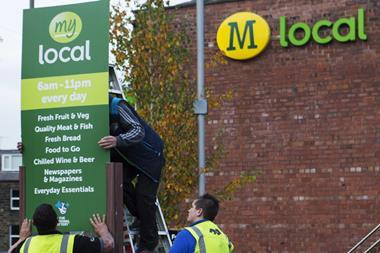
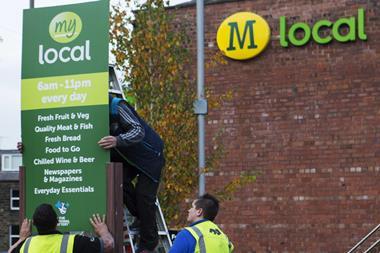
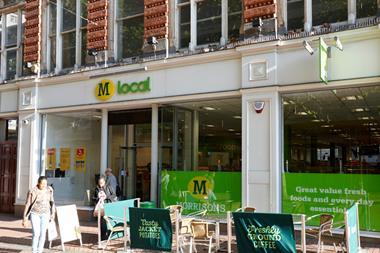

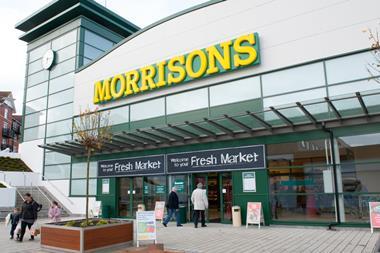
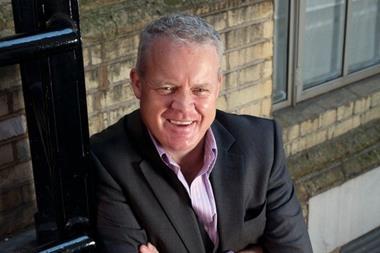






No comments yet